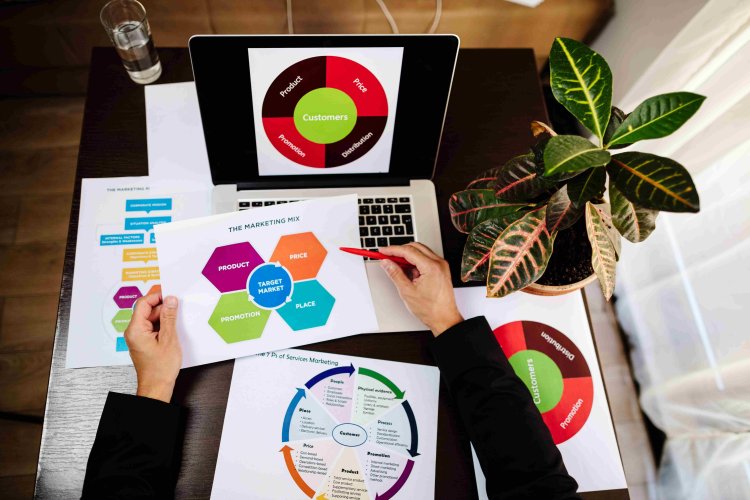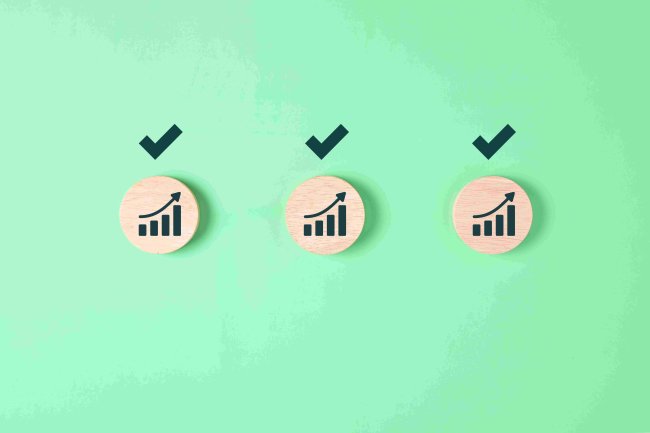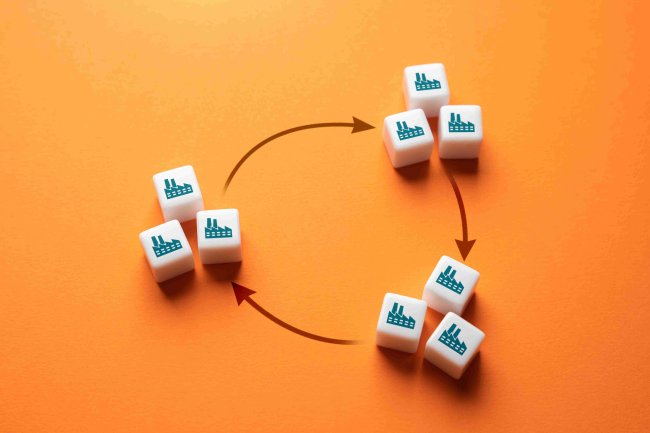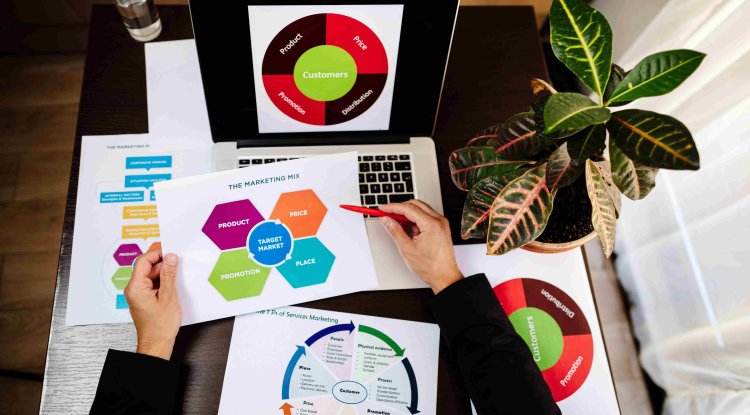Mastering Lead Conversion: How Lead Lifecycle Management in Salesforce Drives Success
Learn how optimizing Lead Lifecycle Management in Salesforce can drastically improve lead conversion rates. Discover best practices and insights from Raghav Chugh's experience, and explore real-world case studies in this comprehensive guide.

In today's competitive business environment, optimizing lead conversion rates is essential for any company that wants to thrive. Central to this is an effective Lead Lifecycle Management (LLM) strategy within Salesforce (SFDC). LLM plays a pivotal role in aligning marketing and sales efforts, ensuring a seamless flow of information, and driving actionable insights that improve conversion rates.
As someone with over 14 years of experience in marketing automation, I’ve seen firsthand how an optimized lead lifecycle can transform a business. I’ve worked extensively with Salesforce, Marketo, and other tools to streamline operations, maximize lead quality, and convert more leads into revenue-generating opportunities. In this article, I'll walk you through the critical elements of Lead Lifecycle Management in SFDC and how it can help optimize your lead conversion rates.
The Importance of Lead Lifecycle Management in Salesforce
Lead Lifecycle Management is not just a process; it’s the backbone of an optimized lead conversion funnel. Salesforce, one of the leading CRM systems, offers powerful tools for tracking, managing, and nurturing leads from the moment they enter your ecosystem until they become paying customers. LLM is essential because it gives visibility into every stage of the customer journey, allowing businesses to make data-driven decisions that improve lead quality and accelerate sales cycles.
Why does this matter? Because leads are more than just potential customers—they’re opportunities waiting to be unlocked. A streamlined LLM process ensures that each lead is nurtured, qualified, and handed off at the right time, reducing friction between marketing and sales teams.
Key Stages of the Lead Lifecycle in Salesforce
The Lead Lifecycle can be broken down into a series of stages that correspond with the customer journey. Each stage is crucial for optimizing the process and ensuring that leads are treated appropriately, depending on where they are in the funnel.
-
Lead Capture: This is where it all begins. Using forms, landing pages, or other lead generation tactics, leads are captured and entered into Salesforce.
-
Lead Qualification: Not every lead is a good fit for your business. Salesforce allows you to set criteria to determine whether a lead should be pursued or discarded, ensuring that sales teams are only working with qualified prospects.
-
Lead Nurturing: A vital part of the process, nurturing helps to move leads through the funnel by delivering targeted content and personalized messaging. Salesforce integrates seamlessly with marketing automation tools like Marketo to create highly customized nurturing campaigns.
-
Lead Conversion: Once a lead reaches the qualification threshold, it’s converted into an opportunity. Here, it’s essential to have tight alignment between marketing and sales teams to ensure the handoff is smooth and seamless.
-
Opportunity Management: After the lead becomes an opportunity, the sales team takes over to close the deal. At this stage, Salesforce helps manage pipelines, track deals, and provide sales teams with the insights they need to close effectively.
Case Study: Optimizing Lead Conversion with a Comprehensive LLM Strategy
In a recent project, I was tasked with improving the lead conversion rates for a cybersecurity company using Salesforce. When I first stepped in, the lead lifecycle process was fragmented, with marketing and sales working in silos. The result? Poor lead handoffs, inconsistent follow-ups, and a low conversion rate.
My approach began with aligning both teams on a shared Lead Lifecycle Management strategy. I leveraged Salesforce to create a seamless lead scoring and routing system, ensuring that only the most qualified leads were passed on to sales. Additionally, I integrated Marketo with Salesforce to build automated lead nurturing campaigns, delivering targeted content to leads based on their behavior and interests.
The result? We saw a 35% increase in lead conversion rates within six months. The combination of streamlined processes, better lead qualification, and automated nurturing allowed us to focus on the leads that were most likely to convert, significantly improving both marketing ROI and sales effectiveness.
Best Practices for Optimizing Lead Conversion Through LLM in Salesforce
-
Align Marketing and Sales: One of the most common pitfalls is a lack of alignment between these two departments. A well-executed Lead Lifecycle Management strategy in Salesforce ensures both teams are on the same page, with clear handoff points and shared KPIs.
-
Use Predictive Analytics: Leveraging Salesforce's data analytics capabilities, along with other tools, helps predict which leads are most likely to convert. By focusing on high-probability leads, sales teams can prioritize their efforts and close more deals.
-
Implement Lead Scoring: By assigning point values to different lead behaviors and demographics, you can better gauge a lead's readiness to buy. Salesforce makes it easy to implement robust lead scoring systems, especially when integrated with a marketing automation tool like Marketo.
-
Automate Lead Nurturing: Automation is your best friend when it comes to lead nurturing. Using tools like Marketo, integrated with Salesforce, allows you to set up drip campaigns that nurture leads with personalized content based on their activity and position in the lifecycle.
-
Track and Optimize Continuously: The lifecycle doesn’t end with a closed deal. Salesforce provides detailed reporting and analytics that allow you to continuously track performance and optimize each stage of the lead lifecycle to improve conversion rates.
The Role of Data in Optimizing Lead Conversion
One of the most critical aspects of Lead Lifecycle Management is the role that data plays. Salesforce offers robust reporting features that allow you to track how leads are moving through the funnel, where they’re dropping off, and which strategies are working best.
A data-driven approach to Lead Lifecycle Management is not optional—it’s essential. Without clear visibility into your lead data, optimizing conversion rates becomes a game of guesswork. By using Salesforce’s powerful analytics tools, you can gain actionable insights that drive more informed decisions, leading to better outcomes.
Conclusion: Unlocking the Full Potential of Salesforce Lead Lifecycle Management
Lead Lifecycle Management in Salesforce isn’t just about tracking leads; it’s about optimizing the entire buyer’s journey. By implementing a streamlined, data-driven approach to LLM, companies can improve lead qualification, nurture prospects more effectively, and ultimately drive higher conversion rates.
In our case study, we demonstrated how a well-executed Lead Lifecycle Management strategy can dramatically improve lead conversion rates. The right combination of tools, automation, and alignment between teams is the key to success. Salesforce is an incredibly powerful tool, but like any tool, it must be used correctly to unlock its full potential.
At SMRTMR.com (Strategic Marketing Reach Through Marketing Robotics), we are dedicated to providing valuable information and resources to readers across the globe. Our articles, like this one, aim to empower individuals and businesses with the knowledge they need to succeed in the ever-evolving digital landscape.
Raghav Chugh, the founder of SMRTMR.com, brings his expertise in digital marketing and technology to each article. With a commitment to delivering high-quality, actionable content, SMRTMR.com has become a trusted source for professionals seeking to stay ahead in the world of digital marketing.
For more insights into the world of marketing automation and lead lifecycle management, connect with me on LinkedIn or visit SMRTMR.com.
What's Your Reaction?




















